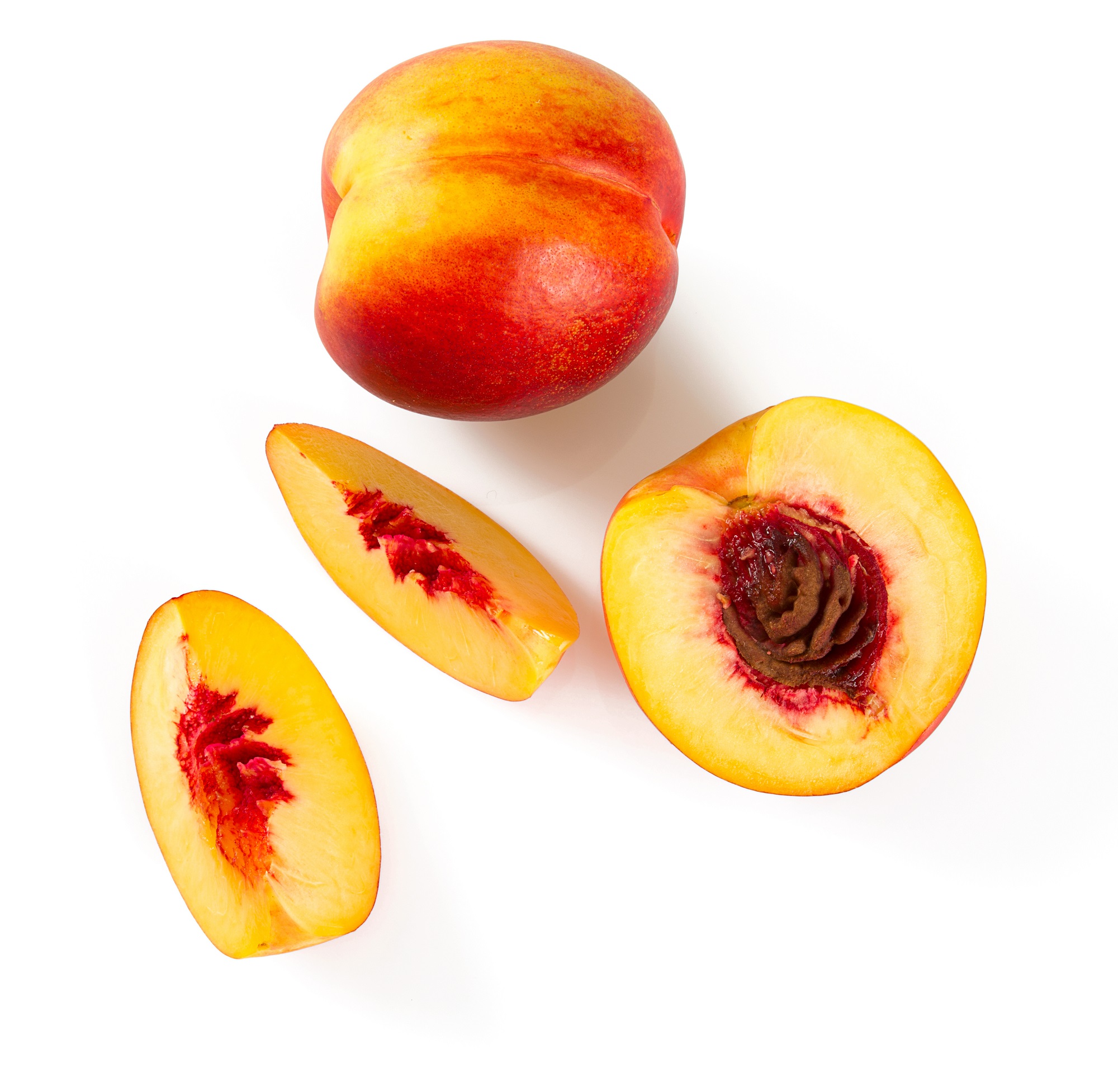Table nectarines are consumed fresh and are harvested from the tree about a week before they reach full ripeness. This allows them to be stored for about 15 days. Like peaches, nectarines are available from May to September, with their peak production occurring in July and August.
Nectarines can be eaten raw, with or without the skin. They can also be grilled, added to salads, made into pancakes, turned into compote, or used to make jams. Additionally, they find applications in baking, as well as in liqueurs, soft drinks, smoothies, and juices. Nectarines are also an excellent choice for breakfast, as they pair well with nuts, cereals, and yogurt.

